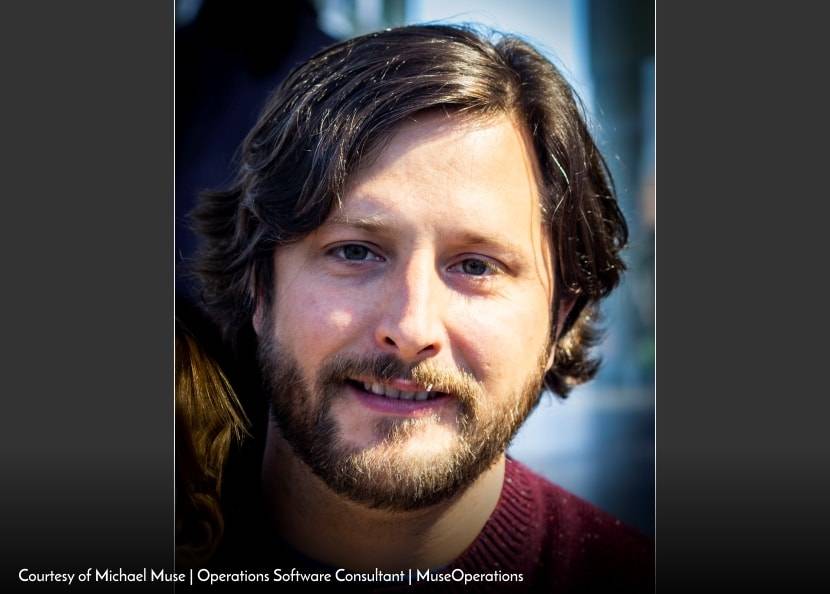Who Should Own Your Salesforce Function

From my observations, startups tend to hire a dedicated Salesforce Admin at around 50 people, or as sights are starting to be set on a Series B. Their Salesforce budget is probably at around half of what they need to budget for the new headcount.
If they don’t really value it as a home for all Customer data, and it’s mostly just a way to keep sellers organized, it could be much later. Depends entirely on how you use the tool, obviously. Just yesterday I spoke to a 350 user Salesforce Org (a company many would recognize) that I was surprised to learn has no Salesforce specialist yet.
At my last company, we supported ~150 users with four Salesforce admins.Sure, there were some unique reasons for this:
1) Gobs of operational needs. The company deploys thousands of cleaners & handymen into spaces across the country at all hours of the day. They also manage a network of hundreds of partners who compete with first party services and additionally, complete all sorts of other specialized jobs, but that are managed through the company’s internal team. Keeping track of everything, and creating good, structured data to optimize it, is no small task. Every team (about 11 unique functions) operated out of Salesforce. Salesforce knew about every problem we were experiencing in the field, the status of all our projects and orders, even some basic HRIS features for field workers that were operationally core.
2) Not everything was accomplished in Salesforce. The problem with a dedicated ‘Salesforce’ admin is they try to ‘Salesforceify’ everything. To a hammer, everything looks like a nail. Instead, the team of sysadmins, called Product Operations, more broadly specializes in cloud apps, integrations, and basically serves as a Product function for internal software. The strategy used is then always to find the best tool for the job, and then connect data from disparate systems in a data warehouse or through bespoke integrations. And this way, one team owns Salesforce on behalf of disparate stakeholders (AEs, SDRs, Finance, Ops, Support, etc). Note: This strategy is transformationally good. We built up the team because it was a strategy that was working.
The Seven Phases of Salesforce Ownership
From what I’ve observed, startups typically go through these phases of adminning:
- Founder/Early Exec does it.
- A consortium of two or three people loosely own it, stepping on each others toes
- A consultant comes in and does a large (50–100hr) cleanup & buildout, waterfall-style. Their SOW sounded good in discovery but quickly atrophies operationally, often before the project even finishes
- An admin is hurriedly hired by the consortium to build off of what the consultants did. Because nobody knew what to look for in the interview plan, they aren’t any good. They also start to make fields required. The users starts complaining about Salesforce
- The Admin is replaced with another admin. Who universally tell the company that their predecessor admin was bad. Despite sounding convincing, they ALSO are slow to get real results
- A frustrated Exec (now operating as a leader, not your admin) realizes that the whole plan (and both of your admins) have suffered from poor goal clarity and too much feature-factory mindset. They fix that, and everything starts to come together.
- They wonder what prevented your admin from initiating step 6. A cursory look at their day to day reveals it in painful detail: they are mostly supporting a high volume of disparate, low value, rapid-fire needs for impatient stakeholders. They hire an entry level data admin to fill the org’s seemingly endless and unique (spoiler: it isn’t) need for reporting, data cleanup, process documentation, or field creation. Your Salesforce Admin suddenly frees up and starts building important things again. You lament how long it took to get here.
I started Muse Operations because I believe companies need to do 6 at step 3. Hit me up if this sounds familiar and you want my help doing so!
This article was originally published on Medium and has been republished with the author’s permission.





